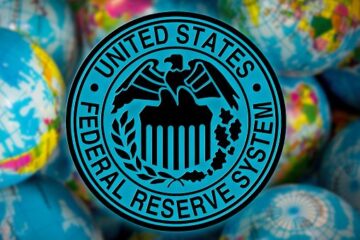In recent years, Coca-Cola has made some difficult decisions.
The Atlanta drinks giant has shut down about 200 brands, and even the least popular of those sodas have devout fans.
The problem for the company is that it’s a huge operator that should not be putting its efforts into niche products. A brand could have what would be a large following for a small company — but for a company operating on Coca-Cola’s (KO) – Get Free Report scale, that amounts to little more than the change you find in the couch cushions.
Related: Pepsi quietly killed a beloved soda (Coca-Cola has an alternative)
In 2020, Coke implemented what could be thought of as a culling of its brands. It slashed the company’s offerings.
“The company expects to offer a portfolio of approximately 200 master brands, an approximate 50% reduction from the current number, and phase out some products, such as ZICO and Tab,” Coca-Cola said then in a news release.
Every one of those 200 brands had a fanbase, but the loss of Tab, launched in 1963 as the company’s first diet soda, hit the hardest. That cut prompted a fan movement that remains active: It which held a protest at Coca-Cola’s Atlanta headquarters earlier this year.
It’s easy to sympathize with any customer who lost their favorite soda. But it’s also easy to see Coke’s side of the equation: Tab had been a dying brand for years, accounting for just 0.03% of the company’s sales in 2017.
Coke does not, however, make these decisions lightly. President John Murphy explained at a recent conference why it killed another popular brand about a year ago.
Some fans continue to work to get Coca-Cola to bring back Tab.
Image source: Coca-Cola
Coca-Cola must balance innovation and sales
Speaking at the Redburn Atlantic CEO Conference on Nov. 28, Murphy explained how Coca-Cola looks at innovation and why some products thrive while others get pulled from the market.
“We understand that … typically in innovation to have the probability of survival, it needs to be flourishing through the first few quarters. So, we have a very clear understanding of what’s working well and what’s not,” Food Business News reported.
Murphy called the rate of failure for new products “alarmingly high.” He did, however, make clear that Coca-Cola has a better track record on innovation than its rivals do.
He explained a recent failure that led to the November 2022 closure of the Mojo line of kombucha drinks made by Australia’s Organic & Raw Trading Co. Coca-Cola acquired the brand in 2017 and shut it down after five years.
Coca-Cola “had a view that kombucha was the next great category and made some investments … to try and get ahead of the curve,” Murphy said. “…That trend did not take off the way we had expected. So, you don’t get it right all the time, but you can’t allow those failures to prevent you from continuing to try.”
Coca-Cola continues to innovate
Even as Coca-Cola continues to close brands that have a fanbase, it has not slowed its innovation pipeline. The company’s chief executive, James Quincey, talked about that during Coke’s third-quarter-earnings call.
“Recently, we launched Coke Y3000, which is our eighth iteration in the Coke Creations platform. Coca-Cola Y3000, the world’s first futuristic flavor co-created with AI. The launch has demonstrated strong initial results,” he said.
The Creations platform has also included celebrity partnerships and it’s a very social-media-friendly line designed to get attention without needing a large advertising outlay.
Quincey also sees growth opportunities outside the soda space.
“If you take the long-term perspective and look at the percent of the total business that is made up of non-sparkling brands, it has increased slowly, but it has increased consistently over the last couple of decades,” he shared.
Get exclusive access to portfolio managers’ stock picks and proven investing strategies with Real Money Pro. Get started now.


